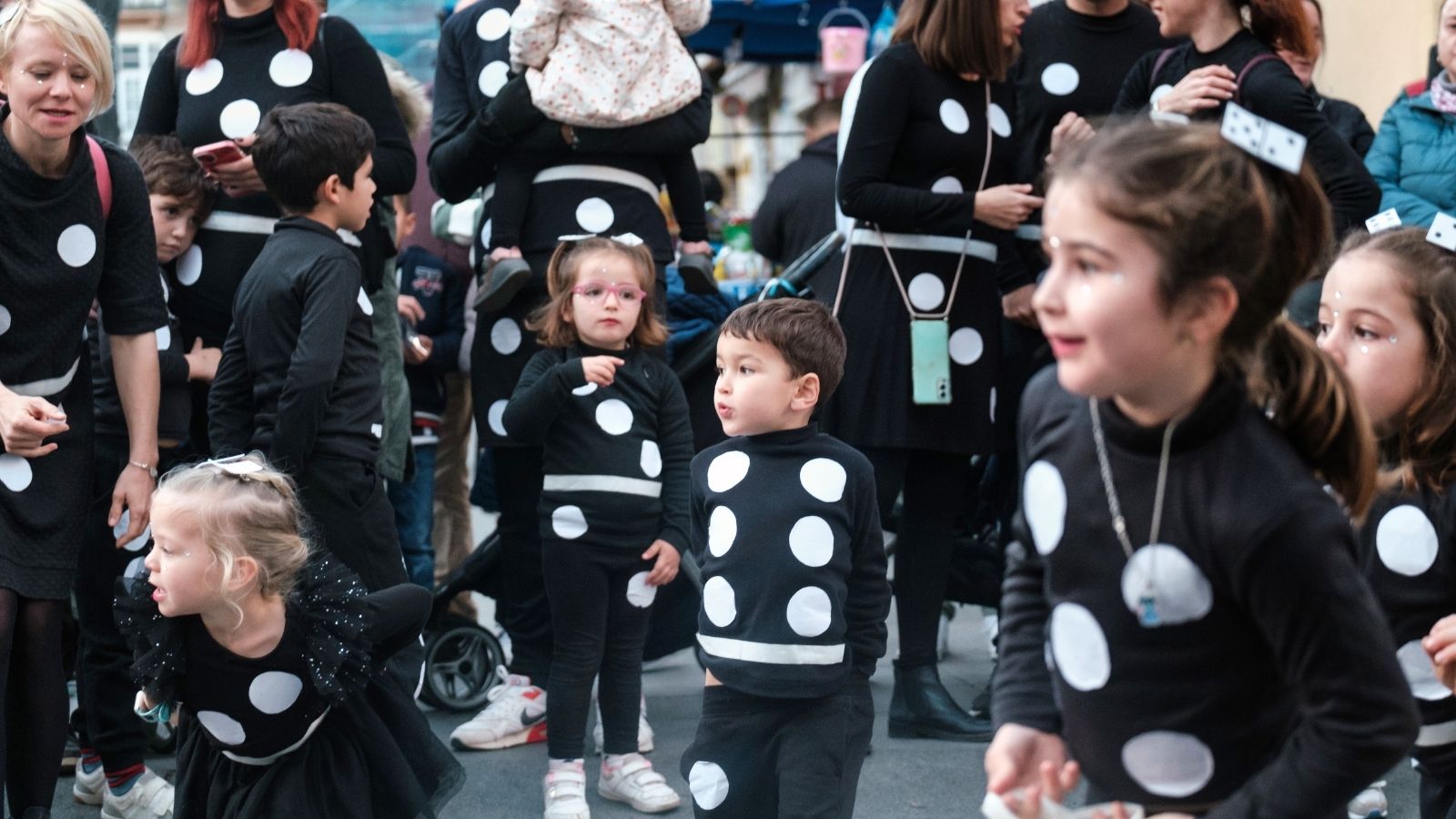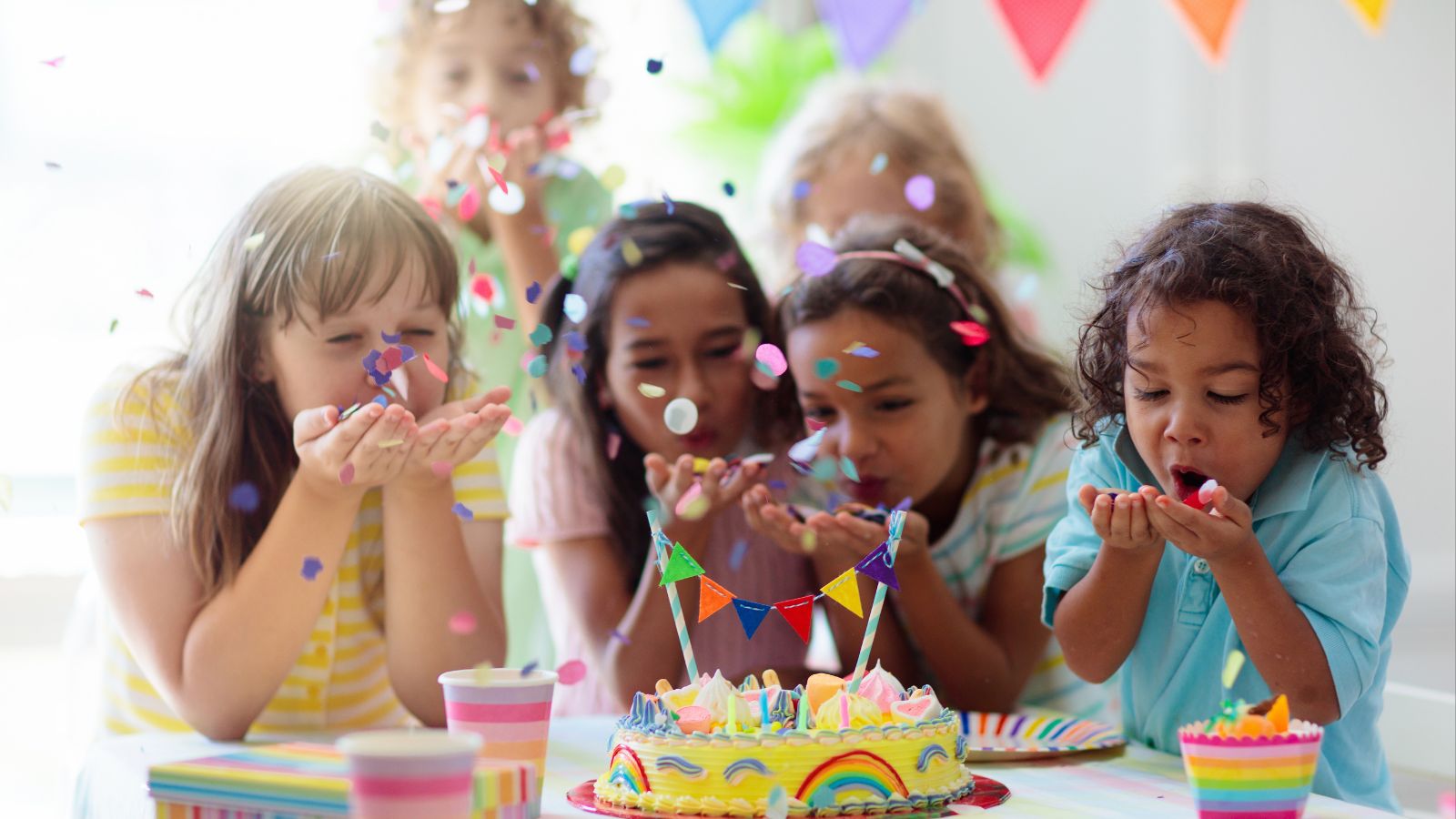Canada’s national identity has long been defined by a unique set of everyday practices that were once so deeply woven into the fabric of life that they went almost unnoticed. Over the decades, however, modern lifestyles, technological advancements, and cultural shifts have slowly eroded some of these time-honored traditions. In this article, we explore 28 uniquely Canadian customs that, once taken for granted, now struggle to find a place in our busy, digital world.
The Ever-Present “Sorry”

Remember those moments when, even if nothing had gone wrong, someone would offer a heartfelt “sorry”? That habit of apologizing—whether you bumped into someone accidentally or even when nothing seemed to be amiss—was a gentle way to smooth over any potential friction. It wasn’t about admitting guilt so much as it was about acknowledging our shared humanity. Today, in our fast-paced digital age, that reflexive apology sometimes gets lost in the rush. We might text a quick “sry” instead of offering that sincere, face-to-face smile.
The Art of Queueing

There was a time when forming a neat line wasn’t just a necessity; it was a social ritual. Whether waiting for your morning coffee, at the grocery store, or for a bus on a crisp winter day, patiently standing in line was a quiet testament to fairness and respect. Nowadays, impatience and the constant distraction of smartphones can make this age-old practice feel like a relic of simpler times.
Holding Doors Open

It’s a small act—just holding the door open—but it speaks volumes about caring for others. This was once so common that you’d see someone pause mid-step to ensure a stranger or neighbor could pass through. Although many still do it, our increasingly hurried routines sometimes mean we forget this simple courtesy, replacing it with a nod and a smile as we hurry on our way.
Shoes Off at the Door

For many Canadians, stepping inside someone’s home means leaving your shoes at the door. It’s about keeping the indoors clean, and showing respect for a personal space. Today, especially in busy urban apartments or among younger generations, that tradition is becoming more relaxed—often replaced by the convenience of wearing shoes indoors.
The “Just Gonna Sneak Past Ya” Whisper

There’s something endearing about that low, almost conspiratorial whisper when you’re trying to maneuver through a crowded space. “Just gonna sneak past ya” used to be said with a warm, knowing smile—a silent agreement that we’d all do our bit to make room for one another. As we grow more accustomed to fast, sometimes brusque interactions, that charming verbal cue is becoming less frequent.
“Pardon” and “Excuse Me” – Everyday Magic

Every time someone said “pardon” or “excuse me,” it wasn’t just polite—it was a small reminder that each interaction mattered. These words smoothed over the bumps of daily life, making public spaces feel friendlier. In a time when quick texts and abrupt digital exchanges are common, those little verbal niceties seem almost like lost art.
Respecting Personal Space

The unwritten rule of giving extra room in elevators, on buses, or while walking down a busy street was once a common courtesy. It’s a way of saying, “I see you, and I care about your comfort.” Today, with urban crowding and hurried commutes, maintaining that personal bubble isn’t always a given, and sometimes it feels like personal space is in short supply.
Patience in Waiting for Your Turn

Waiting—waiting was a shared experience. Whether it was the slow, measured pace of a long line or the gentle rhythm of public transport stops, this patience was a silent nod to our collective respect for each other’s time. Now, in an age of instant gratification, that virtue of patience is sometimes sacrificed on the altar of speed.
Apologetic Humor

Canadians have a special way of turning politeness into humor. The self-deprecating jokes about saying “sorry” for even the smallest things were a way of embracing and celebrating the national stereotype of niceness. While this humor still pops up from time to time, it’s not as prevalent in our increasingly fast, text-based communication style.
Snow Shoveling for Neighbors

In winter, clearing snow wasn’t just a chore—it was a chance to look out for one another. Shoveling a neighbor’s driveway or helping clear the sidewalk was an act of community care, a way of saying, “I’m in this together with you.” As professional snow removal services and busy schedules become the norm, these small acts of neighborly kindness are less frequent.
Returning the Garbage Bin

It might sound odd, but in many neighborhoods, returning a neighbor’s garbage or recycling bin to the correct spot was a regular courtesy. This small act was a practical way to help out and a silent signal that we all cared about our shared environment. With people often moving away or simply not interacting face-to-face as much, these moments of neighborly assistance are becoming rare.
Chatting About the Weather

For many Canadians, weather was more than a topic—it was a way to connect. Discussing a particularly chilly day or a surprise burst of sunshine was a friendly way to bridge gaps and start conversations. In our digital era, however, such reflective and thoughtful exchanges are often replaced by quick comments or emoji-filled texts.
Quiet Pride in the Maple Leaf

The maple leaf isn’t just a symbol on a flag; it is a quiet, constant reminder of being Canadian. Every time you see that iconic leaf, it evokes a sense of pride and belonging. Although the maple leaf is still everywhere, its once-daily, understated presence in our lives has been overshadowed by global branding and international influences.
The Tim Hortons “Double-Double” Ritual

Who could forget the morning ritual of grabbing a “double-double” at Tim Hortons? For many, this isn’t just a coffee order—it’s an essential part of starting the day right. That familiar, comforting routine once helped bond communities over shared cups of coffee. While Tim Hortons remains a beloved institution, newer coffee trends and a busier lifestyle mean tradition sometimes gets lost in the shuffle.
Community Poutine Gatherings

Poutine, the hearty dish of fries, cheese curds, and gravy, is as Canadian as it gets. It was once a communal food—something families and friends would gather to enjoy together. In today’s fast-food era, the social, shared experience of eating poutine has given way to quick take-out orders, reducing the opportunity for that unique bonding moment.
Canada Day Celebrations

Canada Day was once a grassroots, neighborhood affair. A day when communities came together to celebrate their country with picnics, parades, and local events. Nowadays, while it remains a national holiday, many celebrations have become more commercialized, and the intimate, community-driven spirit is sometimes lost amid large-scale festivals and corporate sponsorships.
Heritage Minutes on TV

For many Canadians growing up in the ‘80s and ‘90s, Heritage Minutes were a subtle but powerful way to connect with the country’s history. These short films told fascinating stories about Canada’s past and instilled a sense of pride and identity. Today, with the overwhelming presence of digital content and social media, these little history nuggets have been largely replaced by viral videos and trending topics, making it harder for that shared cultural memory to persist.
Ice Skating on Frozen Lakes

Ice skating on a naturally frozen lake is a rite of passage. A winter tradition that once united communities in the simple joy of gliding across pristine ice. With shorter winters in some regions and the increased popularity of indoor skating rinks, the magic of outdoor skating on a frozen lake is fading, leaving behind a wistful memory of long, cold winters and open skies.
Community Potlucks and Curling

In small towns, community potlucks and curling games were more than just events—they were the glue that held neighborhoods together. These gatherings allowed people to share home-cooked meals, exchange stories, and enjoy friendly competition on the ice. As modern lifestyles push people towards individualism and online interactions, these cherished in-person gatherings have diminished.
Loyalty to Local Sports (Beyond Hockey)

Hockey might be the obvious sport in Canada. However, local traditions extended to other sports like lacrosse and curling. Supporting a local team wasn’t just about sports—it was a communal ritual that united people with a shared identity and pride. Today, with the rise of national leagues and global sports franchises, local loyalties often give way to more commercial, impersonal forms of fandom.
Loud, Genuine “Thank you”

There was a time when thanking someone—really saying it out loud—was an everyday practice. Whether it was a simple exchange at a coffee shop or a heartfelt thanks for a neighborly gesture, these expressions of gratitude reinforced a sense of mutual respect. With much of our communication now via text or social media, that genuine verbal “thank you” is sometimes lost.
Apologizing for the Small Stuff

Imagine accidentally bumping into someone in a crowded hallway and immediately offering a sincere “sorry.” This reflex wasn’t about admitting fault—it was simply an acknowledgment of the inconvenience caused. Today, however, our interactions are often rushed, and the habit of apologizing for even the tiniest slip-up is not as common.
Passing Down House Rules

Many families had their own little set of house rules—whether it was always taking off your shoes at the door, waiting your turn for the bathroom, or even certain ways of greeting guests. These traditions were passed down lovingly through generations, creating a familiar, comforting structure in everyday life. Modern, fast-paced living sometimes means these gentle traditions are forgotten or ignored.
Neighborhood “Moosewatch”

In rural areas, keeping an eye out for wildlife—like the annual “moosewatch”—was a fun and communal activity. Neighbors would come together to spot local wildlife, share tips, and laugh about the antics of these majestic creatures. As populations move to urban centers and lifestyles become more fast-paced, such quaint, nature-based customs are becoming rarer.
Loud Expressions of Gratitude

There was a time when expressing thanks loudly and clearly in public was the norm—a way to acknowledge that every act of kindness mattered. In today’s era of muted digital communications, that robust, audible “thank you” is sometimes replaced by a silent nod or a curt message, missing the emotional connection it once fostered.
Traditional Family Food Rituals

Food has always been a central part of family life in Canada. The tradition of cooking and sharing recipes that have been passed down through generations provided not only nourishment but also a deep connection to cultural heritage. However, as convenience foods and fast-food options take over, the rich experience of gathering around the table to share a home-cooked meal is fading from many households.
Respect for Indigenous Traditions in Daily Life

Indigenous customs once quietly influenced everyday life across Canada—from a respectful approach to nature to small rituals that celebrated the land’s bounty. While there’s a renewed interest in Indigenous culture, the subtle integration of these practices into daily routines isn’t as common as it once was, often replaced by more modern, less mindful habits.
The Unspoken Commitment to Politeness

Perhaps more than any specific tradition, the collective commitment to politeness—often summed up as “Canadian niceness”—was a way of life. This unspoken rule governed everyday interactions and helped create a sense of shared identity and mutual respect. In our increasingly globalized and fast-paced world, where interactions are frequently reduced to quick texts and impersonal emails, maintaining that deep-seated culture of courtesy has become more challenging.
Conclusion

The traditions discussed above form a mosaic of everyday life that once defined what it meant to be Canadian. These customs were more than just rituals; they were expressions of a collective identity built on mutual respect, community care, and a deep connection to the environment and one’s neighbors.
25 Countries Predicted to Become Economic Superpowers in the Next 20 Years

The strength of an economy plays a crucial role in various international policies about trade and relations. Certain factors determine the strength of an economy, including population growth, availability of resources, and development and advancement. Here are 25 countries predicted to become economic superpowers in the next 20 years
25 Countries Predicted to Become Economic Superpowers in the Next 20 Years
